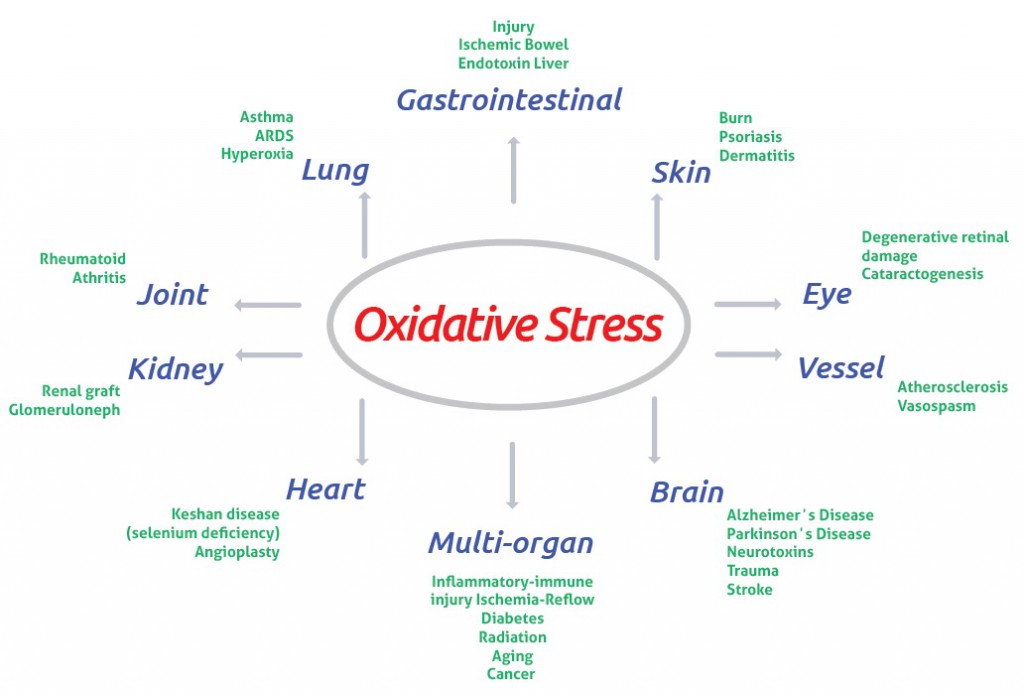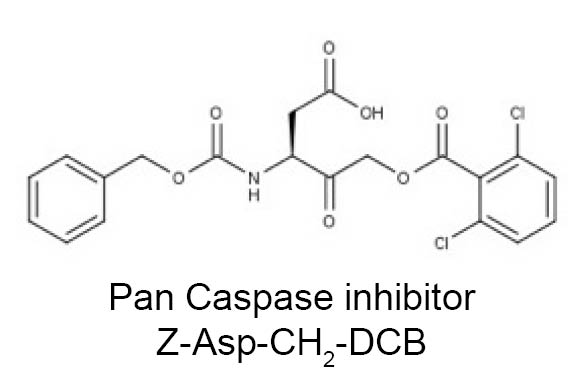Free radicals and Reactive Oxygen Species (ROS) are highly reactive molecules generated by normal cellular processes, environmental stress, and UV irradiation. ROS react with numerous cellular components damaging DNA (but also carbohydrates, proteins, and lipids) and cause cellular and tissue injury. Measuring antioxidative capacities of biological fluids, cells, and tissue such active molecules is becoming more and more important in the pharmaceutical industry and in academic laboratories. Let’s focuse here on 2 robust methods.

It has been shown that the excess of ROS production might lead to inflammation, premature aging disorders, and several disease states. This includes cancer (1), Parkinson’s and Alzheimer’s diseases (2,3), atherosclerosis and heart failure (4), autism (5), and diabetes (6).
Living organisms have developed complex antioxidant systems to protect themselves from oxidative stress. However, an excess ROS can overwhelm the systems and cause severe damages. Therefore, it is valuable to measure either the antioxidative capacity of biological samples and/or the antioxidant activity of naturally occurring or synthetic compounds for use as dietary supplements, topical protection, and therapeutics.
Methods to measure the antioxidative potential/capacity
A number of methods are used to measure the antioxidative potential of biological samples (DPPH, TEAC, ABTS, ORAC, TRAP, FRAP…).
Here, I’d like to present two state of the art methods, one using a fluorescent approach and another one using an absorbance based read-out.
Both methods can be just as well used to assay the antioxidant activity of naturally occurring or synthetic compounds.
#1- Fluorescent ORAC (Oxygen Radical Absorbance Capacity) method
The ORAC antioxidant assay measures the loss of fluorescein fluorescence over time due to peroxyl-radical formation by the breakdown of AAPH (2,2.-azobis-2-methyl-propanimidamide, dihydrochloride). 
Trolox [6-Hydroxy-2,5,7, 8-tetramethylchroman-2-carboxylic acid], a water soluble vitamin E analog, serves as a positive control inhibiting fluorescein decay in a dose dependent manner.
The ORAC assay is a kinetic assay measuring fluroescein decay and antioxidant protection over time.
#2- ABTS (2,2-azino-bis(3-ethylbenzthiazoline-6-sulfonic acid)
The ABTS assay measures ABTS+ radical cation formation induced by metmyoglobin and hydrogen peroxide.
Here again,  Trolox is used as a positive control inhibiting the formation of the radical cation in a dose dependent manner. The antioxidant activity in biological fluids, cells, tissues, and natural extracts can be normalized to equivalent Trolox units to quantify the composite antioxidant activity present.
Trolox is used as a positive control inhibiting the formation of the radical cation in a dose dependent manner. The antioxidant activity in biological fluids, cells, tissues, and natural extracts can be normalized to equivalent Trolox units to quantify the composite antioxidant activity present.
Where can you find these methods?
Zen Bio offers both methods under a user-friendly and ready-to-use format (ORAC Antioxidant Assay Kit & ABTS Antioxidant Assay Kit). It’s of interest to note that these ORAC & ABTS measurements are also available as Anti Oxidant Screening Laboratory Services, for those who do not have access to resources or the equipment to run such assays in their own lab.
Feel free to leave a message in this post, I will be more than pleased to help you find the most appropriate ROS measurement assay!
Sources:
- Halliwell, Biochem J., 401 (1), 1-11 (2007 )
- Valko et al., Int J Biochem Cell Biol, 39 (1), 44-84 (2007)
- Pahanka, Cur Med Chem 21 (3), 356-64 (2013)
- Singh et al., Mol Cell Biochm, 147 (1), 77-81 (1995)
- James et al., Am J Clin Nutr 80 (6), 1611-7 (2004)
- Rösen et al., Diabetes/Metabolism Res & Rev, 17 (3), 189-212 (2001)


